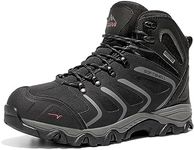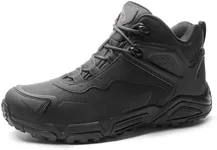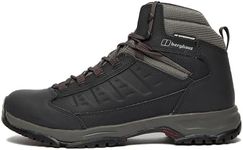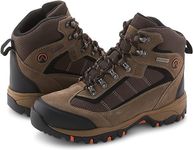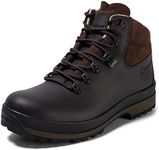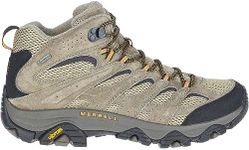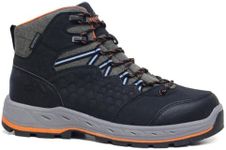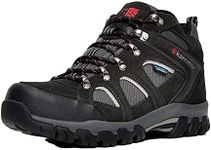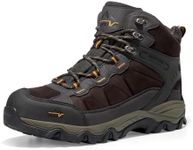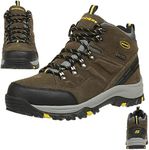Buying Guide for the Best Walking Boots For Men
Choosing the right walking boots is crucial for comfort, support, and protection during your outdoor adventures. The right pair can make a significant difference in your hiking experience, whether you're tackling rugged trails or enjoying a leisurely walk in the park. Here are some key specifications to consider when selecting walking boots for men.MaterialThe material of the walking boots affects their durability, weight, and breathability. Common materials include leather, synthetic fabrics, and Gore-Tex. Leather boots are durable and offer excellent support but can be heavier. Synthetic materials are lighter and often more breathable, making them suitable for warmer climates. Gore-Tex is a waterproof and breathable material, ideal for wet conditions. Choose the material based on the type of terrain and weather conditions you expect to encounter.
FitA proper fit is essential to prevent blisters and ensure comfort. Walking boots should fit snugly around the heel and midfoot while allowing enough room for your toes to move. Consider trying boots on with the socks you plan to wear during your hikes. Different brands and models may have varying fits, so it's important to try several options to find the best fit for your foot shape.
SupportSupport is crucial for maintaining stability and reducing fatigue on long hikes. Look for boots with good ankle support, especially if you'll be hiking on uneven terrain. Mid-cut boots offer moderate support and are suitable for less challenging trails, while high-cut boots provide maximum support for rugged and steep terrains. Choose the level of support based on the difficulty of your hikes and your personal preference.
SoleThe sole of the walking boots affects traction and comfort. Rubber soles with deep lugs provide excellent grip on various surfaces, including mud, rocks, and wet trails. Some soles are designed for specific terrains, such as Vibram soles for rocky paths. Consider the type of terrain you'll be hiking on and choose a sole that offers the best traction and durability for those conditions.
WaterproofingWaterproofing is important if you plan to hike in wet conditions or cross streams. Waterproof boots typically feature a membrane like Gore-Tex that keeps water out while allowing moisture to escape. Non-waterproof boots are more breathable and suitable for dry conditions. Decide whether you need waterproof boots based on the climate and terrain of your hiking destinations.
WeightThe weight of the walking boots can impact your comfort and energy levels during hikes. Lightweight boots are easier to walk in and reduce fatigue, making them ideal for long-distance hikes or less challenging trails. Heavier boots offer more durability and support, which is beneficial for rugged terrains. Consider the length and difficulty of your hikes when choosing the weight of your boots.
BreathabilityBreathability is important to keep your feet dry and comfortable, especially in warm weather. Boots with breathable materials allow moisture to escape, preventing sweat buildup and reducing the risk of blisters. Mesh panels and synthetic fabrics typically offer better breathability than leather. Choose breathable boots if you plan to hike in hot or humid conditions.
